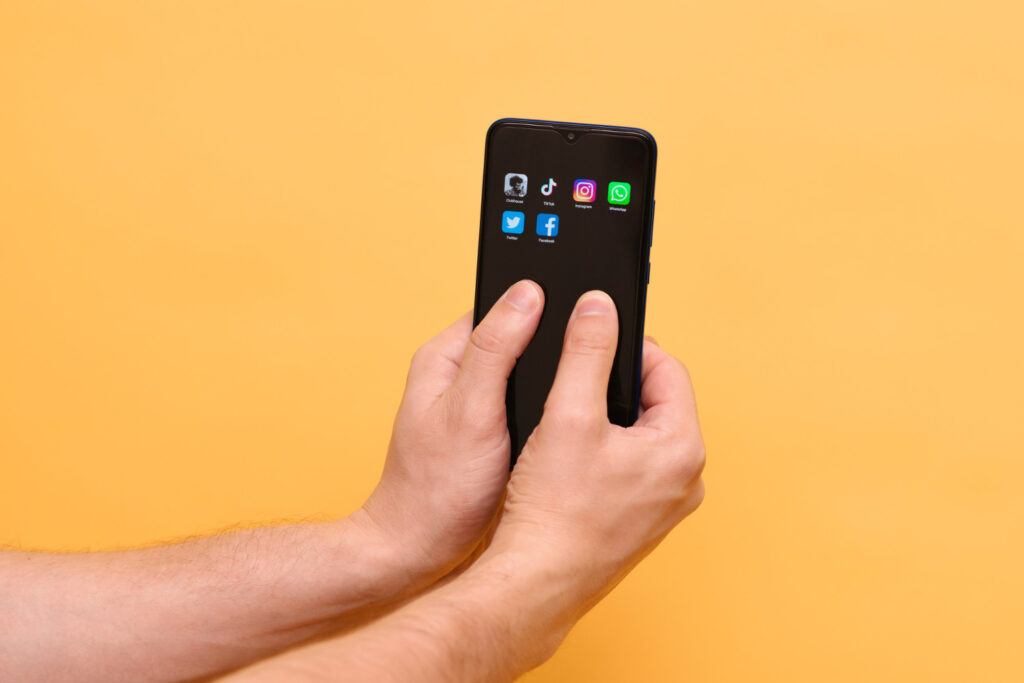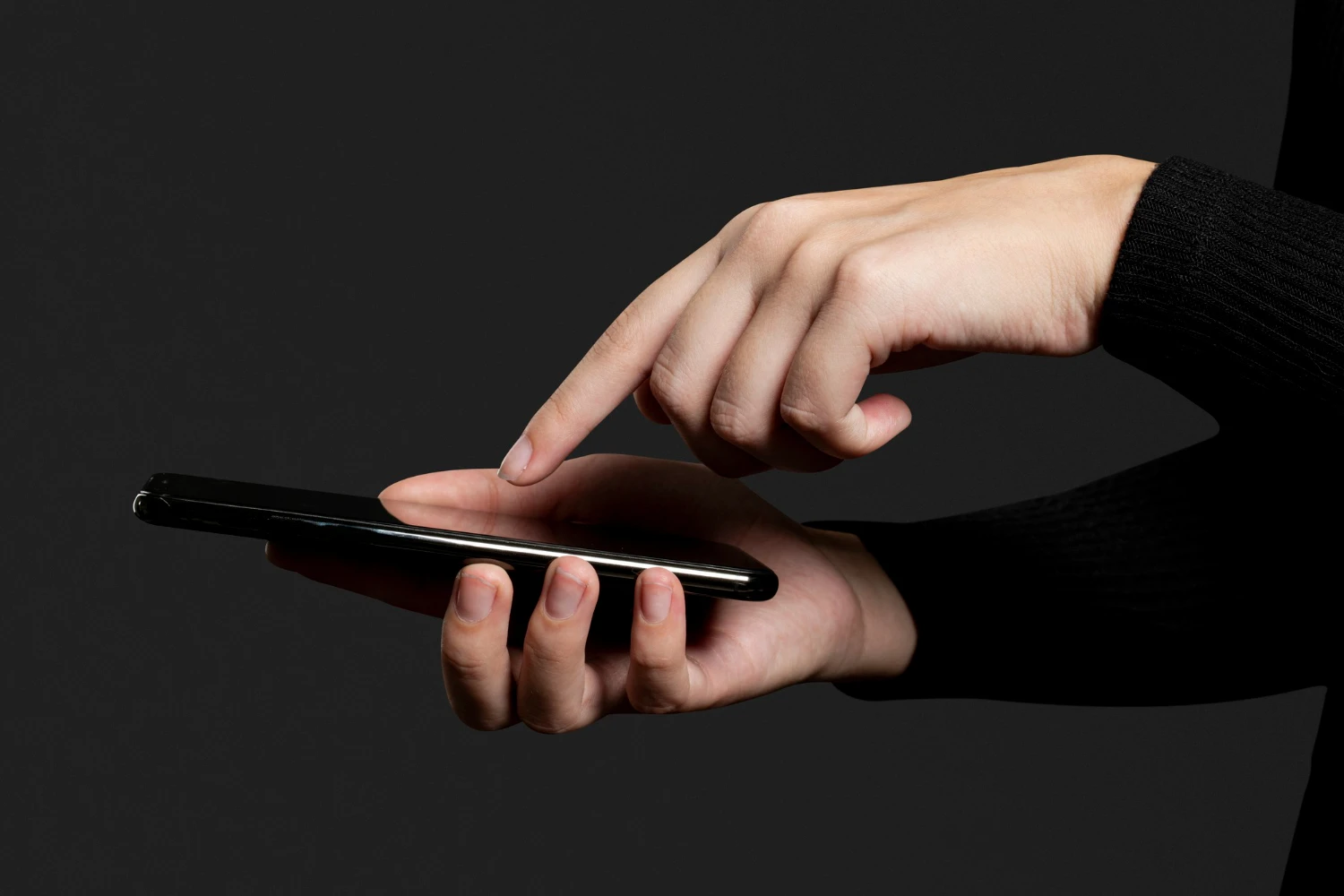Speed on a phone isn’t about how many shortcuts you know; it’s about how few moves you need to do the same work, every single time. A personal gesture map gives each motion a clear job and makes that job available from anywhere—on the lock screen, inside a long thread, or while reading in a browser. The goal is simple: tie your hourly actions to natural motions you can execute without thinking, like double-tapping for a screenshot, sliding a corner for universal search, or long-pressing a side key to drop a quick note. When those motions are consistent and free of conflicts, your flow changes immediately; you stop digging through menus, stop hunting icons, and start acting in place. This guide shows how to design that map methodically—begin with navigation and edge behavior, add a core trio of gestures you’ll use constantly, extend with hardware buttons you can press blind, and stabilize everything so updates or launcher changes don’t break your muscle memory.
Start with a base map: navigation, edges, and the one-hand zone

Begin by choosing your navigation model, because it defines what the bottom edge and corners already do. Gesture navigation keeps the interface clean and enables quick scrubbing along the bottom to switch apps; three-button navigation makes the back action explicit but sacrifices that fluidity. Whichever you choose, fine-tune back sensitivity so accidental exits disappear without forcing you to push hard near the edge. Next, think about the one-hand zone—roughly the lower third of the screen where your thumb lives. Reserve the left and right edges primarily for back and app switching, and let the corners play host to tools that you want everywhere, like search, notes, or split-screen. If you often trigger the assistant by mistake, assign it to a single corner and keep the opposite corner for a different utility. You’re building a mental map: bottom edge for navigation, corners for power tools, and the rest of the screen for content. Get this foundation right and every later gesture will feel natural rather than crowded.
Bind your core trio: camera, screenshot, and universal search
Designate three actions you perform dozens of times per day and lock them to three different input families so they never collide. Make the side key double-press your camera—pocket to shot in one motion, regardless of what’s on screen. Map a double tap (on the back or a safe display region) to screenshot so you stop contorting your grip for button combos, and keep that gesture identical when locked or unlocked for reliability. Then place universal search on a corner swipe so it’s reachable in any app: you capture a screenshot, the overlay appears, you tap share if needed, and a quick corner motion launches visual or text search on whatever’s on screen, no app juggling required. This screenshot-to-search chain is the backbone of a modern workflow because it turns reading into action: copy, translate, find sources, save a snippet to notes, all within the same hand motion. Keep the trio sacred—don’t overload them with alternatives—and you’ll feel results within a day.
Hardware buttons that never miss: side key and volume long-presses
Hardware keys are the only inputs you can target without looking, which makes them perfect for safety-critical and capture-first actions. Keep the side key double-press mapped to camera as a permanent rule, and choose a long-press behavior that’s useful when the screen is off—flashlight, assistant, or a trusted note capture. Volume keys can carry subtle power: a long-press on Volume Up might start an audio memo for quick thoughts, while Volume Down could mute and start do-not-disturb before a meeting. Pressing both volume keys together can stay reserved for accessibility functions that overlay on top of any app, such as a magnifier or on-screen cursor to reach far corners with one thumb. Avoid mapping destructive or risky actions (force restart, data-clearing functions) to long-press gestures, especially those available on the lock screen. The principle is intent you can confirm by feel: camera always opens, flashlight toggles instantly, voice capture starts with audible confirmation, and nothing critical hides behind a gesture you might press by accident.
Edge and corner swipes: precise roles for back, tools, and split-screen
Edges become frustrating only when they share too many jobs. Assign roles by region and stick to them. Let the left and right edges remain primarily for back so you never argue with apps that also use edge drawers, then move your always-available tools to the corners. A bottom-right corner swipe can open universal search; a bottom-left corner can summon split-screen, letting you pin notes or a calendar beside whatever you’re reading without detouring through the app switcher. If you often mis-trigger a corner on curved glass or with a thick case, enlarge the corner area slightly until success becomes effortless, then stop. Test your corner gestures inside apps with their own slide-out panels; if conflicts appear, keep back as the winner and relocate the tool to a different corner or to a hardware key. The north star is predictability: edges are for navigation, corners are for tools, and the bottom bar is for app-to-app movement. Once that pattern is consistent, hesitation disappears.
Context modes that adapt: home, work, driving, and headphones
A gesture can preserve your attention best when it changes with your context. Create lightweight profiles that remap one or two gestures based on where you are or what’s connected. On office Wi-Fi, your double tap might open a clean note inbox or calendar; at home, the same motion could switch to a household list or a reading queue. When your car’s Bluetooth connects, let a corner swipe start navigation, toggle do-not-disturb, and ready voice commands so you keep eyes up. With headphones paired, long-pressing the side key could cycle noise modes or drop a timestamped audio note without unlocking the phone. Night rules can be time-based: after a set hour, have the screenshot gesture dim the screen and open a reading app instead of launching search. Keep the profile logic simple; if everything morphs, nothing is dependable. One or two changes per mode are enough to feel smart without becoming opaque, and your core trio—camera, screenshot, search—should remain intact everywhere.
Home screen minimalism powered by gestures, not widgets
A gesture map shines when your home screen stops carrying the burden. Strip the layout to essentials: a compact dock and a single page you rarely visit because most actions happen in place. Use long-press shortcuts from app icons to expose deep links, then bind those deep links to gestures rather than adding more icons. Launch “new note,” “new timer,” or a specific camera mode directly, skipping the app’s front door entirely. If your launcher supports desktop double-tap, choose a single, high-frequency target like your tasks view or messages to prevent dock creep. Swipe-down on the home screen should reach a unified search that spans apps, contacts, and settings, so you never scroll through menus to find a toggle or a buried option. Over days, you’ll delete pages of icons and still move faster because your hands know where to go. Minimalism here isn’t aesthetic posturing—it’s the natural by-product of actions that live on edges, corners, and buttons instead of tiles.
Keep it stable: avoid conflicts, train the habit, and back it up

Reliability is what transforms a map into muscle memory. Conflicts usually arise when the same gesture is claimed by the system, the launcher, and a third-party tool at once. Audit in that order and let the system win, then disable overlapping features elsewhere so only one listener handles a given motion. Battery cost should be effectively zero if you lean on hardware buttons and screen edges rather than constant motion detection; reserve sensor-heavy triggers for rare cases. Test your gestures in edge scenarios: on the lock screen, inside fullscreen video, while in a call, and in apps with their own edge interactions. If any gesture misfires twice, adjust sensitivity or move it to a cleaner region before frustration sets in. Export your configuration if your tools allow it, and save a small note titled “Gesture Legend” listing the handful of bindings you actually use; check it for a week while the habit settles. Prune anything you haven’t used daily. A lean, backed-up map survives updates, phone swaps, and launcher experiments without forcing you to relearn your hands.
